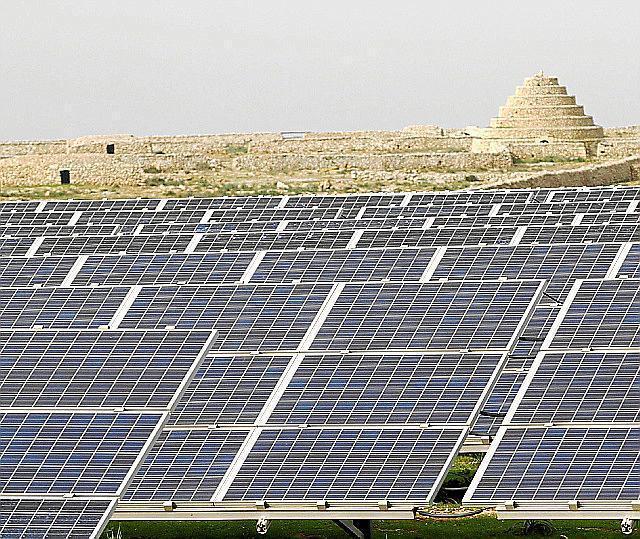Surprise has often been expressed as to the low amount of electricity produced from renewable energy sources in the Balearics. Latest information from Red Electrica, which operates the grid, shows just how low - only 2.24% of electricity demand is met from renewables.
The Balearics is among regions of Spain with very modest contributions from renewables. In the Madrid region, the percentage is lower - 1.33%. In the Basque Country it is a mere 4.7%. Yet there are regions which generate more supply from renewables than they need. In Castile and Leon this is 146%; in Extremadura it is 104%.
Although Madrid and the Basque Country have low levels of supply, geographical isolation and insularity are apparently factors which contribute to a heavy reliance on traditional sources. Like the Balearics, renewables account for low amounts of supply in the autonomous north African cities of Ceuta and Melilla and also in the Canary Islands.
The regions with the high levels of supply use a combination of renewable sources. In Castile and Leon, wind power is the largest source followed by hydroelectricity. Extremadura produces most from solar thermoelectric and photovoltaic sources as well as from water.
Across Spain, non-renewables continue to supply almost two-thirds of electricity - 64% comes from nuclear, coal, oil, gas, etc - while renewables (36%) draw on solar, water (hydroelectric and marine sources), biomass, biogas, wind and geothermal.
Balearic governments have expressed their commitment to meeting the European Union's aim of at least 20% of renewable energy by 2020. That target is still a very long way off.


3 comments
To be able to write a comment, you have to be registered and logged in
How can this come as any surprise to the few people in Mallorca who have installed Solar systems on their homes. I made such an installation and it took me a full year to get my system registered and legal. As my meter was charging me for supplying power to the grid I had to disconnect it during the application process. On every turn possible an obstacle was put in my way and the expense to get a new meter installed was ridiculous. Of the electricty I produce my home only uses about 50% of that. The rest goes to the grid. Endesa pay be a mere 5 cents per KW but they charge me more than 17 cents to use. For me to reclaim the 5 cents a KW I am owed I need to print out the invoice sent to me and then re-submit it with some changes such as invoice number. In the three years I have been passing electricity to Endesa they have paid not one cent back to me. I have submitted my invoices twice and on both occasions they were returned for some technicality. The country clearly actively discourages homeowners from investing in solar. so no surprises here that Spain is behind the rest of the world.
You wonder whether they count people who have solar panels but are not on the grid?
Plenty of sunshine, plenty of space of inobtrusive solar panels - but no real action whatsoever. Poor planning.